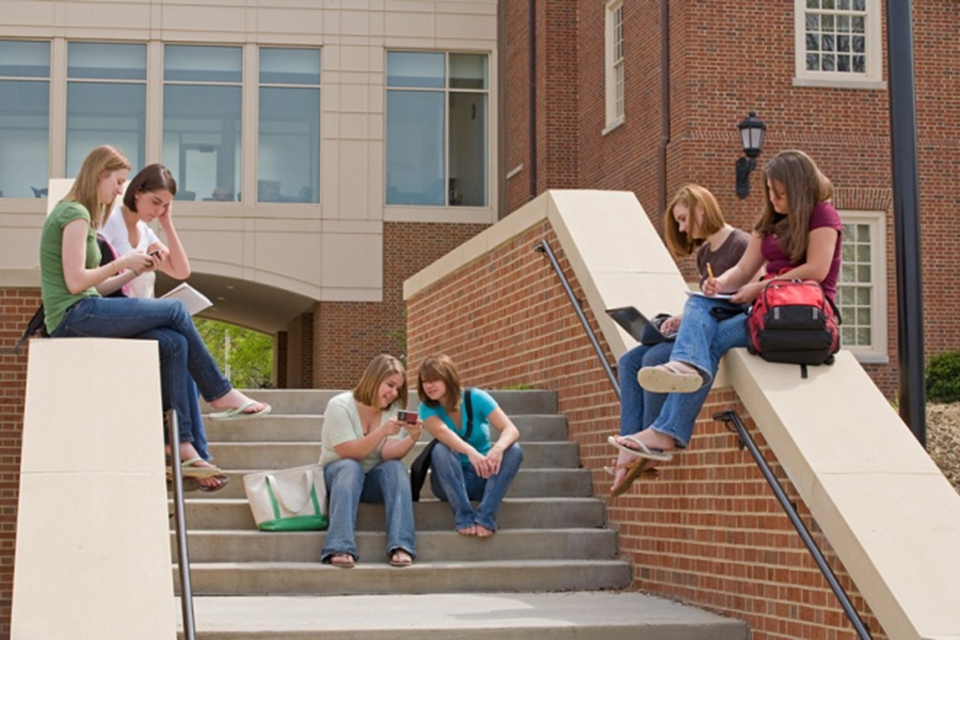Imagine the first terrifying moments of a deadly threat incident on a school campus: confusion and panic replace the calm, orderliness of an ordinary school day. Students and faculty may hear a hail of gunfire, terrified screams, or empty silence. Virtually every school in the United States responds the same way to this situation: lock down, shelter-in-place, and hope the shooter does not find you.
An active shooter at a school is one of the most horrifying realities that modern society faces. Many lives are at risk in a contained, defenseless space, and a deadly threat incident is unpredictable and advances quickly. For these reasons, the Guide for Developing High-Quality School Emergency Operations, a multi-agency document created by the U.S. Department of Education, FEMA, the FBI, the U.S. Department of Justice, the U.S. Department of Homeland Security, and the U.S Department of Health and Human Services, states that “…individuals must be prepared to deal with an active shooter situation before law enforcement officers arrive on scene” (p. 57). In the first crucial minutes of a deadly threat incident on a school campus, teachers are the first responders.
According to the National Latino Law Enforcement Organization in Enhancing Teachers’ Response to Active Threats, we think of police officers, firefighters, and EMTs, and not teachers as first responders. The cold reality however is that deadly incidents in schools are often over before the police can respond. Training students, teachers, and staff to respond in an emergency will increase their odds of survival.
For almost twenty years I taught in public schools and at a large university that prepares future teachers; I know of no pre-service or extensive in-service training that shows teachers how to think tactically and respond appropriately to deadly situations on campus. Let that sink in for a moment. We expect schools to be safe havens for our children, but most teachers have no training in how to respond to an emergency, let alone what do if there is an active shooter. As parents, we should be ashamed that we have not demanded more in terms of our children’s safety.
There are of course exceptions. The ALICE Training Institute proposes training that goes beyond the traditional lock down and includes proactive responses to threats like active resistance—fighting back with objects of opportunity such as desks, chairs, and books, as well as barricading and evacuating. Both the ALICE Training Institute and the Guide for Developing High-Quality School Emergency Operations recommend steps beyond the traditional lock down and shelter-in-place response to an active shooter, and a school district that fails to provide defense strategies in addition to the lock down procedure are not meeting federal guidelines for school safety.
There should be a multi-pronged approach to school safety. Law enforcement and schools working/training together prior to an incident can increase interoperability during a deadly threat incident. Experts also call for stronger lines of communication between teachers and law enforcement during an attack on a campus. One method for better communication between teachers and law enforcement is through the COPsync911 system. School staff can activate COPsync911 from a computer or smart device. The system sends an immediate and silent alert to other staff, officers in their patrol cars, and the 9-1-1 dispatch center. All participants can communicate in a crisis communication portal as the situation unfolds, helping teachers become the initial first responders. Officers are also notified faster than traditional 9-1-1, have immediate access to a mapped location of the school, as well as a diagram of the school’s interior.
Parents, schools, and teachers do not want to think about worst-case scenarios, but we simply must in order to protect our children. Law enforcement is responsible for the safety of our communities, but as members of a community, we are responsible for holding our schools accountable to federal safety recommendations. A lock down is no longer an appropriate response to an active shooter, and teachers need the tools and training to become the initial first responders in a school crisis.
These are my own opinions and not those of my employer.

Agreed. Schools need to be more proactive.
LikeLiked by 1 person
I’m curious to know how many “active shooter/threat drills” are in place in at schools. I seem to recall having to undergo various scheduled and surprise fire drills back in high school.
LikeLiked by 1 person
Across the United States, the majority of public schools do practice “shelter-in-place” and “lock down” drills as their response to an active shooter, and they are practiced as regularly as fire drills. However, the lock down and shelter-in-place drill has its roots in the Cold War era drills that were once practiced as a planned response to a nuclear bomb. We now know that hiding under a desk in response to the detonation of a nuclear bomb is ineffective, yet the practice remains as our defense to an active shooter in our schools.
LikeLike